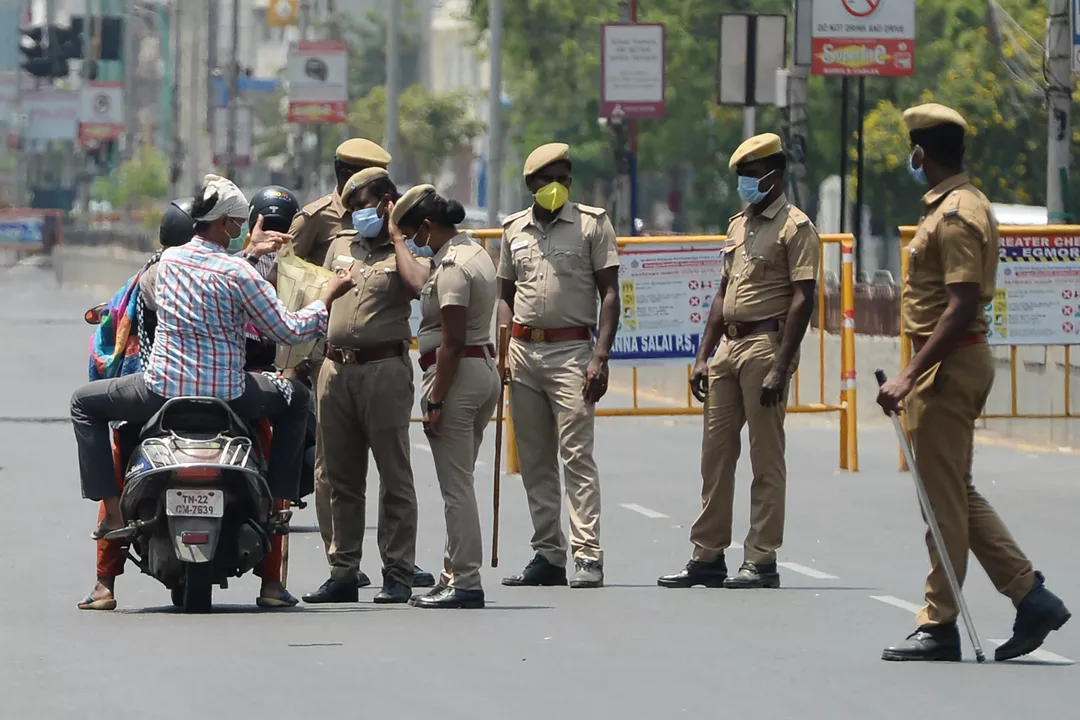Travel and Safety: Is India Safe to Live?
If you’re thinking about moving to India or spending a few months there, safety is probably the first thing on your mind. The truth is, India, like any big country, has areas that feel safe and others that need extra caution. Let’s break down what you really need to know so you can travel smart and feel at ease.
What Affects Safety in India?
First off, crime rates differ a lot from city to city. Metros like Delhi and Mumbai have bustling neighborhoods where petty theft is common, especially in crowded markets. In contrast, smaller towns in the south or the Himalayas often report lower crime numbers. Political stability is another piece of the puzzle – large demonstrations can turn disruptive, but they’re usually well‑publicized in the news, so you can avoid them easily.
Natural disasters also play a role. The monsoon season brings heavy rains and occasional floods, while the northern states experience earthquakes. Knowing the local climate and seasonal patterns helps you plan when to travel and where to stay.
Practical Safety Tips for Travelers and Residents
Here are a few habits that work everywhere, but feel especially useful in India:
- Stay aware of your surroundings: In crowded places keep your bag close, and avoid flashing expensive gadgets.
- Use reputable transport: Rides from trusted apps or registered taxis are safer than random street offers.
- Learn basic local phrases: Knowing how to say “help,” “police,” or “hospital” in Hindi or the regional language can make a big difference.
- Keep copies of important documents: Store a digital copy of your passport, visa, and medical info on your phone and in a secure cloud.
- Check travel advisories: Government sites update risk levels for each state, especially during election periods or natural events.
When you settle in a specific area, talk to neighbors or local expat groups. They often share insights about safe routes, reliable doctors, and trusted grocery stores. It’s a quick way to feel part of the community and stay ahead of any issues.
Bottom line: India is not a one‑size‑fits‑all when it comes to safety. Some neighborhoods feel like a walk in the park, while others need a bit more vigilance. By staying informed, using common‑sense habits, and tapping into local knowledge, you can enjoy the vibrant culture, food, and scenery without worrying too much.
Ready to explore further? Dive into our detailed post “Is India a safe country to live?” for a deeper look at crime stats, regional differences, and real‑world experiences from people who’ve made India their home.
Is India a safe country to live?
In my recent blog post, I explored the topic of safety in India and whether it is a safe country to live in. Upon careful analysis, I found that like any other country, India has its own set of challenges and issues regarding safety. Factors such as crime rates, political stability, and natural disasters contribute to the overall safety of the country. While some regions may be safer than others, it is important to be cautious and well-informed about the specific area in which you plan to live. At the end of the day, the safety of any country depends on the collective efforts of its citizens and government to ensure a secure environment for all residents.
About
Travel and Safety
Latest Posts


Mahindra XEV 9S Launched at Rs 19.95 Lakh: India’s First Authentic 7-Seater Electric SUV
By Arvind Chatterjee Nov 27, 2025

India Voice?
By Arvind Chatterjee Feb 8, 2023

How did the British influence Indian cuisines?
By Arvind Chatterjee Jan 31, 2023

